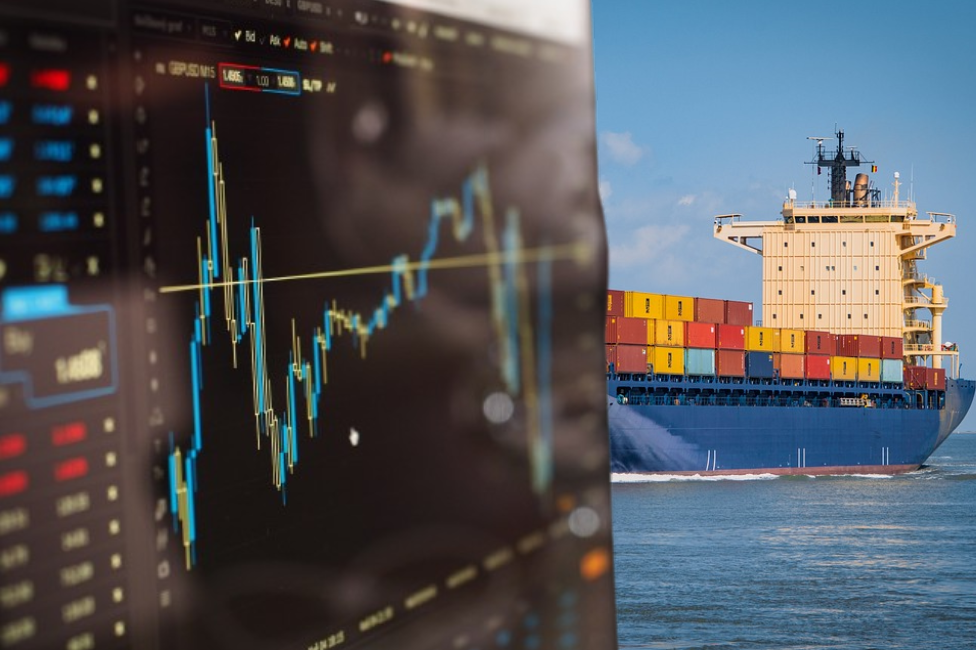
As we delve into September, the maritime industry is gearing up for a dynamic period with shifting tides in international shipping. August ushered in a seasonal surge in freight rates, aligning with the pre-Q4 demand peak in Western economies, driven primarily by the impending Christmas season. While this retail-driven demand boost has energized various ocean freight sectors, such as dry bulk, the third quarter of 2023 has left many stakeholders feeling uncertain about pricing.
The standout development in the maritime world is the watershed moment in container futures. The end of August witnessed a significant surge in trading activity for the Shanghai INE contract. This burst in trading demand, primarily fueled by retail trading in China, not only validates previous attempts at container futures but also injects substantial momentum into FBX futures contracts listed on the SGX and the CME.
In terms of price action, the success or failure of general rate increases (GRIs) implemented from April through August played a pivotal role. Initially, there was a substantial impact on Q4 2023, with the FBX01 China/East Asia to North America West Coast skyrocketing from $1,625/FEU to $2,300/FEU in just six days in early June. However, contract values soon tapered off, hitting $1,900/FEU in early August and rebounding slightly to $2,000/FEU by the end of the month.
Conversely, despite fluctuations, Q4 2023 futures prices for FBX11 China/East Asia to North Europe only moved slightly, dropping from $2,000/FEU to $1,925/FEU. This pricing trend extends into Q1 2024 on both routes. Even longer tenors on Cal’24 experienced similar price movements, with FBX01 Cal’24 going from $2,225/FEU to $2,030/FEU.
Beyond price dynamics, the supply and demand fundamentals have remained eerily consistent. Ship deliveries continue to outpace scrapping, putting pressure on rates amid weak demand in European and North American economies. Threats of typhoons temporarily closing Chinese ports had ripple effects, but these disruptions normalized swiftly. China appears to be cautious about implementing a significant stimulus package, given concerns about high debt levels. However, there are signs of hope in the commercial and residential real estate sector, which is showing resilience.
The standout event of August was the success of the Shanghai INE futures contract, opening doors for arbitrage trading between INE and SGX/CME FBX futures. SGX/CME is also attracting larger volumes from companies seeking to hedge freight rates. This development mirrors the impact of the launch of Dalian Commodities Exchange Iron Ore futures on SGX, which led to a surge in Iron Ore Futures volumes. Additionally, there’s a growing trend of index linking and referencing, bringing together various pieces of the futures market puzzle.
In conclusion, the maritime industry in September 2023 is marked by both uncertainty and opportunity. As we sail through the rest of the year, all eyes will be on how these market trends evolve and shape the future of international shipping.




